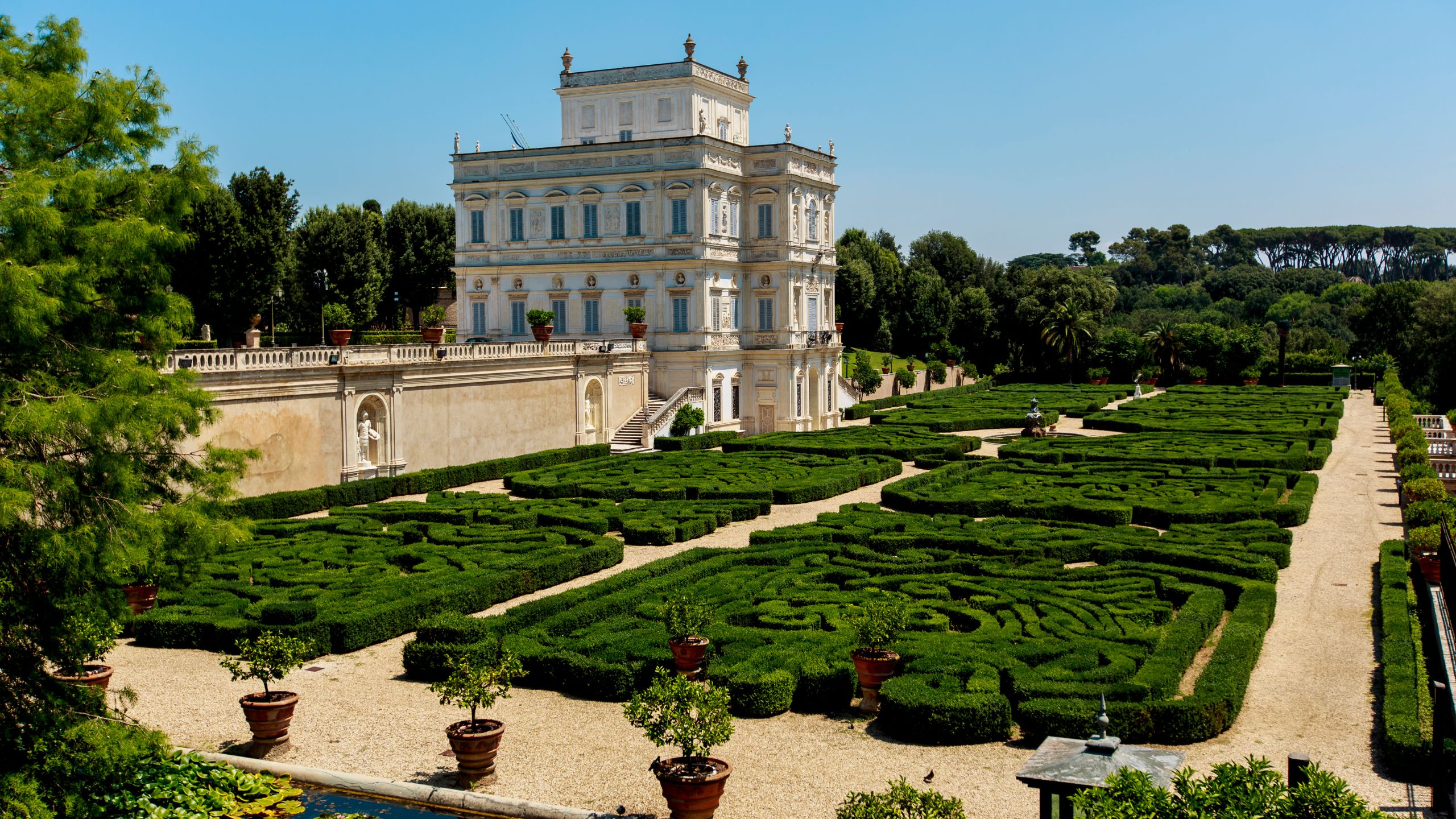Did you know the aperitif was born in the ancient Rome?
The millenarian city is famous all over the world for hundreds of reasons: some of them are architectural and artistic miracles, the Vatican buildings, the spontaneous and friendly character of the citizens, the good food and... we could go on for hours telling about good reasons you heard about Rome, about its culture and its traditions. Among all these reasons, there is just one more: the tradition of the aperitif.
Roman people: gastronomes
Before talking about aperitif, entries and dishes, it is important to introduce some historical things about this ritual - and it means to talk about the banquettes of our ancestors.
According to the Roman historians, the banquets where made of 7 dishes at least, called "fercula". They started by entries, called "gustatio", three first courses, two roasts and the dessert, called "secunda e mensae": we are talking about incredible quantities of food, compared to our habits, able to block our coronaries just thinking about them, but that were even poor according to the rich people of the times.
The banquets were occasions to taste good food from all over the empire, to show richness in front of the guests: the food offered was selected for its quality and peculiarity, more than for its nutritive benefits. The show was in the dishes and around them, too - despite of the damages this kind of eating caused, and they already knew about them.
In vino veritas: the importance of the drink
Wine was very important during the feasts; it originally was a sort of fermented must, improved and refined at the end of the Republic, using different varieties of grapes; at the beginning of the Imperial age, Roman people started to import foreign wines, usually from Greece, chosen for the long conservation of its wine, obtained by a mix of sea water, clay or salt.
From Greece, Roman people inherited the habit of mixing wine and water, according to some verses by famous writers such as Anacreonte and Filocoro. This habit resisted for centuries, according to a description of the fourth century AD, found in Roman catacombs and describing a feast.
In the past, drinking pure wine was considered a drunk habit: wine was usually served after having been filtered and mixed with water in a big mud, where people used to get served by themselves.
We have always considered the Roman banquets something representing just luxury and negative habits, according to what some poets and classical writers told us, so losing the costumes they represented, probably because of the excessive Christian morality.
Types of aperitif: Greek origins
We have to add something about the first dish of the banquets: the "gustatio".
One of the first examples comes from Hippocrates, the famous Greek doctor from the 5th century BC. He used to prescribe a mix of white and sweet wine with flowers, absinthe and Ruta. This probably is the first idea of aperitif.
The second example is the menu of Filossene lunch; it gave the opportunity to understand which were the favourite foods of rich people, in the fourth century BC. What is interesting about it is not what they used to drink, but the snacks they used to eat, before the meal, to stimulate the appetite. That's something more similar to the idea of the current aperitif, to food then to medicines.
The "gustatio" is the following moment after the aperitif.
From the "gustatio" by the "mulsum", till the aperitif
The drinks served were named "promulsus", because they had to accompany the honey wine served at the beginning of the meal, called the "mulsum".
The "promulsus" is very similar to our aperitif: on one side the cocktail made of wine and honey, and on the other side, some tasty snacks.
Cicerone told they usually were vegetables, served with spicy sauces to invite to the bigger dishes, and to facilitate the following digestion. It was made of sausages, oysters, sea urchins and boiled eggs.
The ancient writers haven't told us about the aperitif, but just about the "gustatio". The term "aperitivus" means to open, So This is the reason Why It is used to talk about the opening of meals.
After the end of the Roman Western Empire, the use of the "gustatio" got lost in the darkness of Middle Ages. It came back just a millennium later. The creator of the real habit of the apertif is Antonio Benedetto Carpano, the inventor of the famous Vermouth - famous in Italy since 1800 - reaching our tables in different ways, at the beginning of a meal.
Do you want to stay in Rome?
For this location we recommend Hotel Oxford, the ideal starting point to discover Rome!



